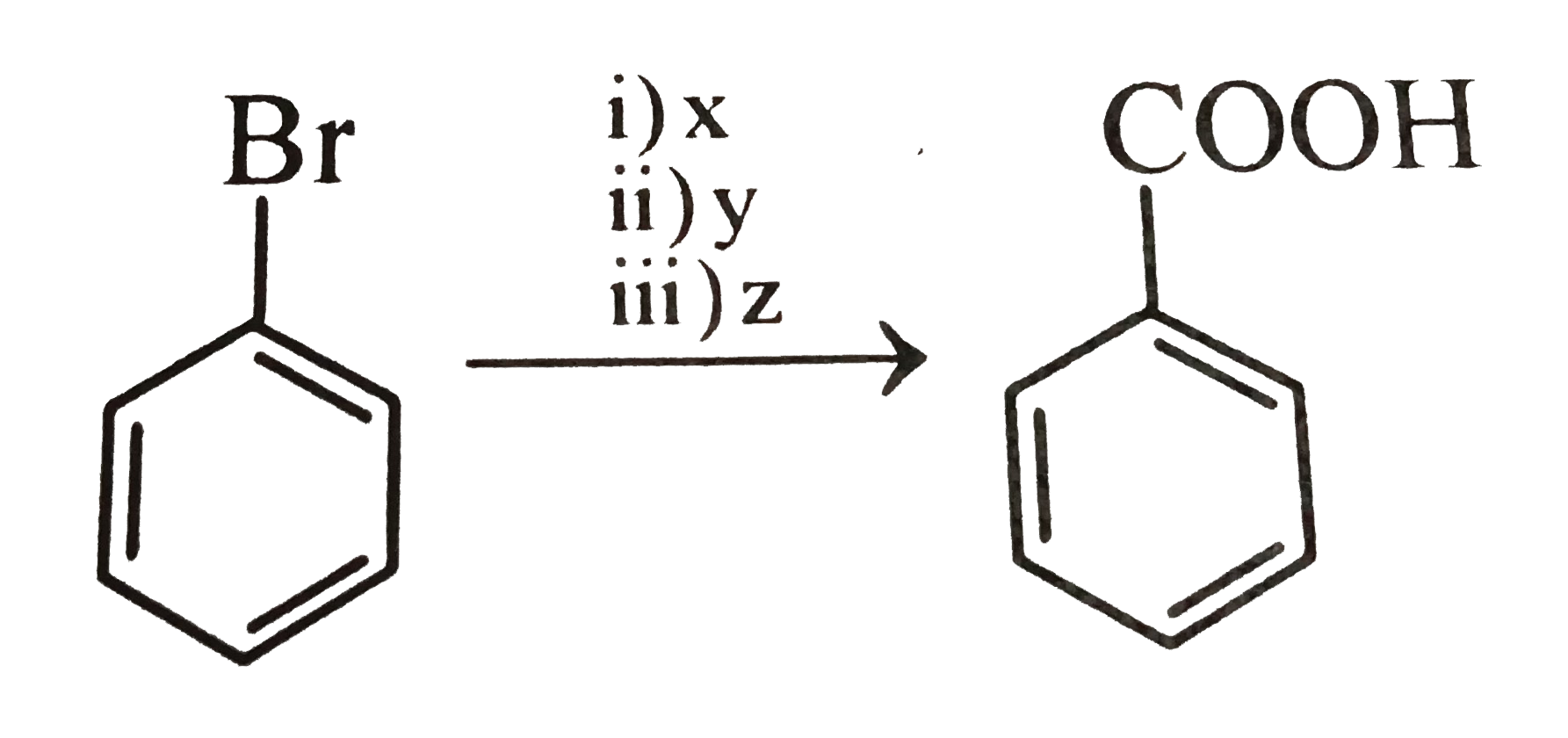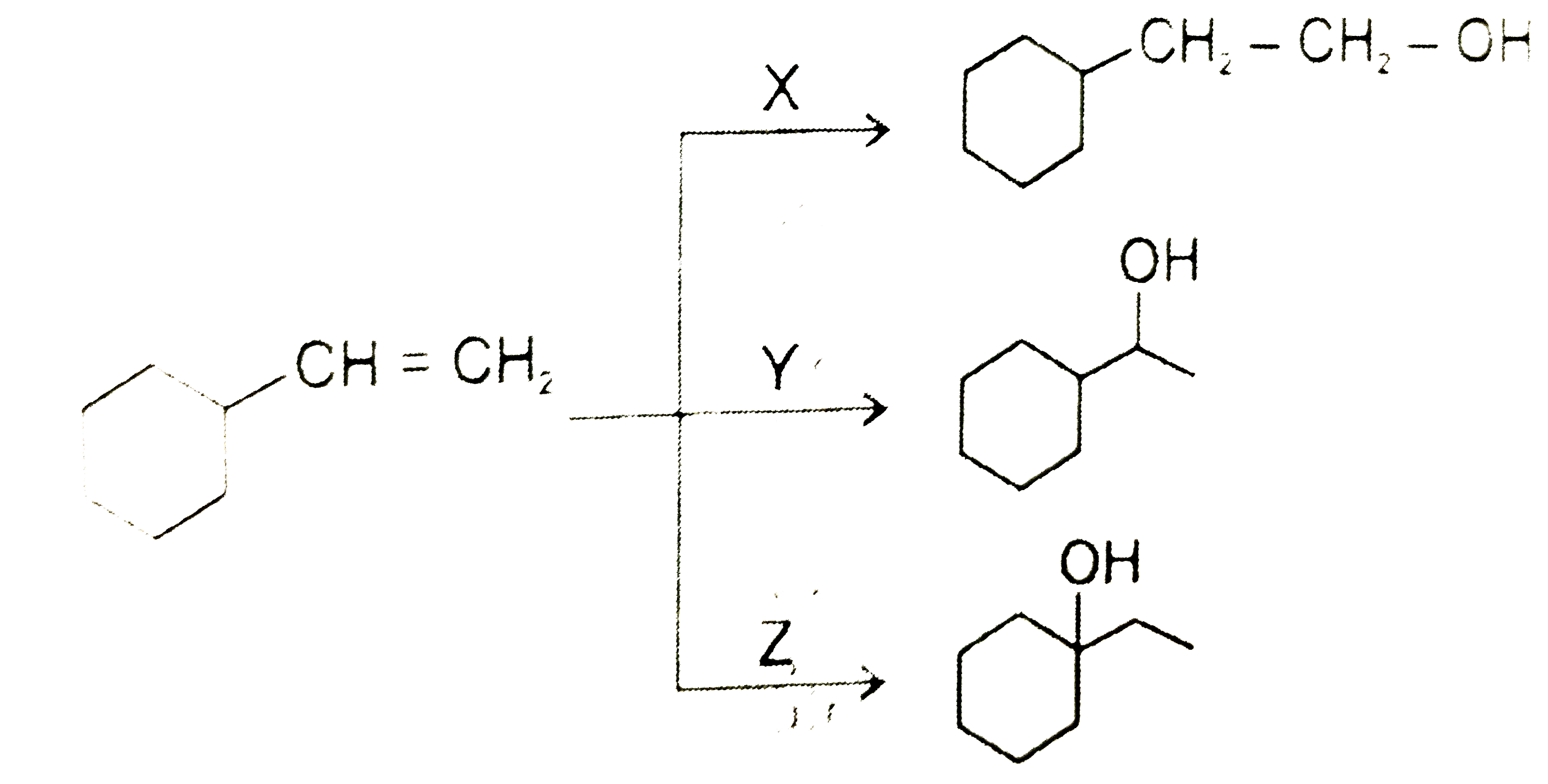Reaction' between X and Y, forms compound Z. X loses electron and Y gains electron. Which of the following properties is not shown by Z?
A
Has high melting point
B
Has low melting point
C
Conducts electricity in molten state
D
Occurs as solid
Video Solution
Text Solution
The correct Answer is:B
Ionic compounds are formed by the transfer of electrons. Ionic compound conduct electricity in their molten state, occur as solid and have high melting and boiling points. Low melting point is not the character of ionic compounds. Compound Z is formed because of transfer of electrons from X to Y, this means Z is an ionic compound which could not have low melting point.
|
Topper's Solved these Questions
- METALS AND NON-METALSBook:OSWAL PUBLICATIONChapter:METALS AND NON-METALSExercise:NCERT Exemplar (Short Answer Questions)
Explore 22 Videos
- METALS AND NON-METALSBook:OSWAL PUBLICATIONChapter:METALS AND NON-METALSExercise:NCERT Exemplar (Long answer questions)
Explore 26 Videos
- METALS AND NON-METALSBook:OSWAL PUBLICATIONChapter:METALS AND NON-METALSExercise:NCERT Corner (Exercise Questions)
Explore 22 Videos
- METALS AND NON - METALS Book:OSWAL PUBLICATIONChapter:METALS AND NON - METALS Exercise:CASE - BASED MCQs
Explore 29 Videos
- NEW CHAPTERS AND QUESTIONS BASED ON LATEST TYPOLOGIES INTRODUCED BY CBSE FOR 2021-22 EXAMINATION Book:OSWAL PUBLICATIONChapter:NEW CHAPTERS AND QUESTIONS BASED ON LATEST TYPOLOGIES INTRODUCED BY CBSE FOR 2021-22 EXAMINATION Exercise:PERIODIC CLASSIFICATION OF ELEMENTS (VISUAL CASE - BASED QUESTIONS)
Explore 15 Videos
Similar Questions
Knowledge Check
Element X reacts with element Y to form a compound Z, during the formation of compound Z, atoms of X lose one electron each whereas atoms of Y gain one electron each. Which of the following property is not shown by compound Z ?
Ahigh melting pointBlow melting pointCoccurrence as solidDconduction of electricity in molten stateX, Y and Z are three consecutive elements. X on addition of one electron and Y on addition of two electrons become isoelectronic with element Z.
Element Y will have following property:AAtomic number of Y is higher than atomic number of Z.BAtomic number of Y is higher than atomic number of X.CElement Y is placed in periodic table at left side of element X if both are in same period.DNone of theseX, Y and Z are three consecutive elements. X on addition of one electron and Y on addition of two electrons become isoelectronic with element Z.
Element Y will have following property:AAtomic number of Y is higher than atomic number of Z.BAtomic number of Y is higher than atomic number of X.CElement Y is placed in periodic table at left side of element X if both are in same period.DNone of these
If x+y+z=0, then (x+y)(y+z)(z+x) is equal to which of the following:
View SolutionQuestions given below are based on electronic configurations of the elements. The three elements X,Y and Z with the electronic configuration shown below all form hydrides:

Which of the following exists as gas ?
View SolutionIn the reaction

x,y and z are
View SolutionAn element 'X' (Z=12) combines with element 'Y' (Z=17) to form an electrovalently bonded compound. Which of the following is FALSE for the formed compound?
View Solution
X,Y and Z reaction are :
View Solution

